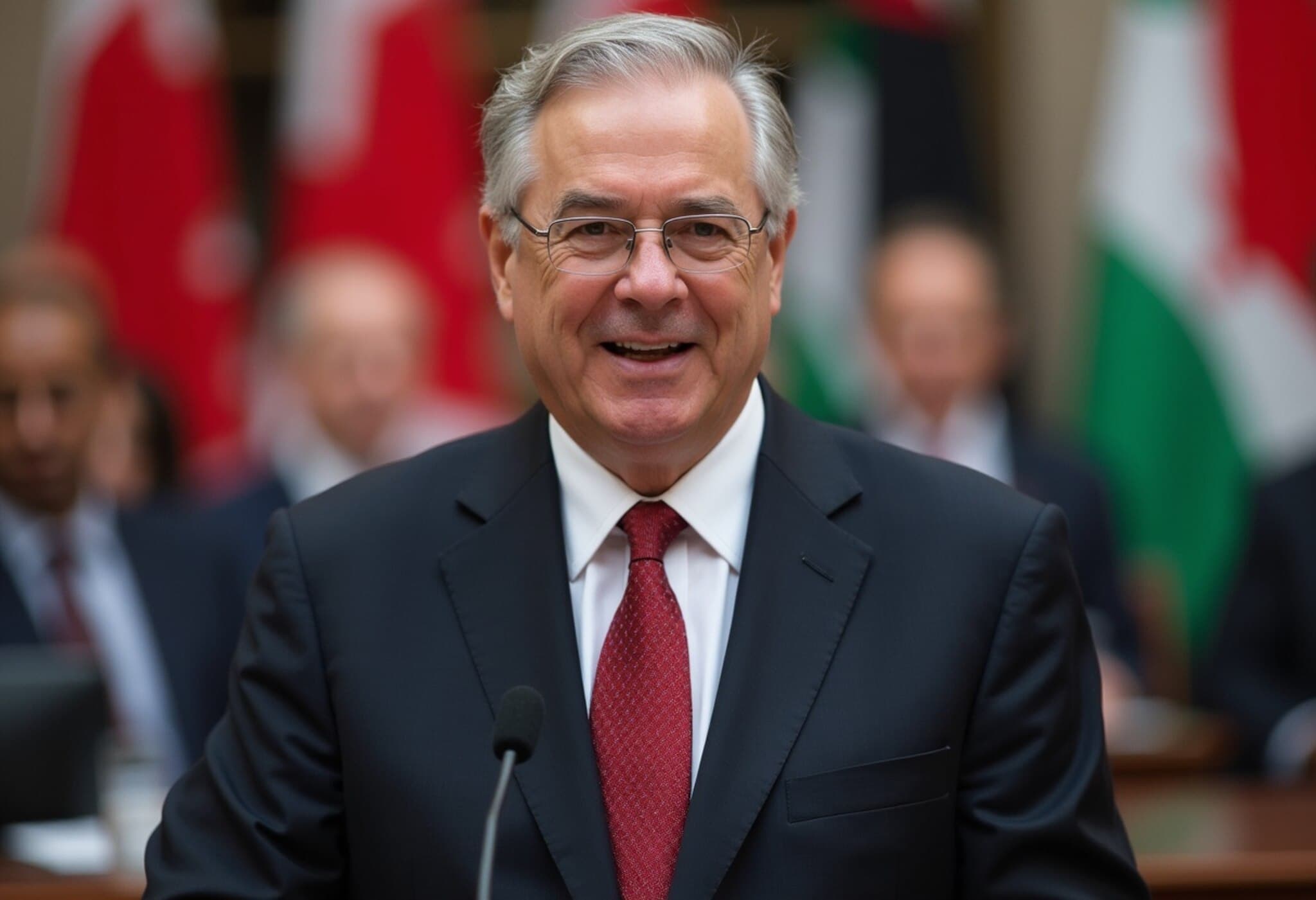Robinhood Surpasses Wall Street Expectations in Q2
Robinhood, the popular commission-free trading platform, delivered a compelling earnings report for the second quarter of 2025, with key financial metrics exceeding analyst forecasts and showcasing its rapid growth beyond retail trading.
Strong Financial Performance Highlights
- Adjusted Earnings Per Share (EPS): 42 cents, beating the expected 31 cents
- Revenue: $989 million, a significant 45% increase year-over-year and above the $908 million estimate
- Net Income: $386 million, more than doubling from the previous year
- Funded Customers: 26.5 million, surpassing the estimated 26.1 million
- Investment Accounts: Rose 10% to 27.4 million
- Total Platform Assets: Near doubling to $279 billion, fueled by net deposits, acquired assets, and market valuations
Expanding Beyond Traditional Retail Trading
Robinhood’s transition into full-scale wealth management is evident as it competes more aggressively with established financial institutions like Fidelity and Charles Schwab. By offering competitive incentives such as deposit matches, Robinhood has attracted a growing customer base, further bolstered by its acquisition of TradePMR, which has significantly expanded its assets under management.
Revenue Breakdown and Trading Activity
The company’s transaction-based revenue, an indicator of trading volume, hit $539 million, exceeding estimates. Options trading contributed robustly at $265 million, outpacing forecasts, while cryptocurrency and equities trading slightly underperformed projections, reflecting a strategic shift toward higher-margin derivatives.
- Cryptocurrency Trading Revenue: $160 million (below $168 million expected)
- Equities Trading Revenue: $66 million (fell short of $69 million estimate)
Cost Structure and Operational Efficiency
Operating expenses increased 12% to $550 million, driven in part by expenses related to the Bitstamp acquisition. Adjusted operating costs and share-based compensation rose by 6% to $522 million, underlining the company's investments in expanding its platform capabilities.
Growing Customer Engagement and Premium Services
Premium service subscriptions under the Robinhood Gold program soared by 76%, reaching 3.5 million users. This service offers enhanced features like higher cash sweep rates and advanced research tools, indicating heightened engagement among more active or sophisticated investors.
Moreover, the average revenue per user climbed 34% year-over-year to $151, signaling stronger monetization of the user base.
Building Momentum in Retirement and Wealth Management
Chief Financial Officer Jason Warnick highlighted the company’s advances in fostering long-term investing behaviors. By the end of Q2, Robinhood held $19 billion in retirement accounts, now surpassing $20 billion, with 1.5 million customers using these accounts. This shift toward retirement planning positions Robinhood to grow alongside changing investor needs emphasizing longevity and compounding growth.
Stock Performance and Market Position
Robinhood’s stock has experienced a remarkable surge, rising over 180% this year and accumulating a more than 400% gain within the past 12 months. This rally outpaces most large-cap US stocks, bringing the company close to a $100 billion market capitalization.
Interestingly, despite its rapid growth, Robinhood was excluded from the S&P 500 index, which puzzled many market watchers, especially given the inclusion of rival fintech companies.
Controversies and Regulatory Challenges
Investors closely monitor Robinhood’s expansion into cryptocurrency infrastructure and tokenized finance. The company recently launched a platform offering indirect exposure to high-profile assets like OpenAI and SpaceX through tokenized instruments traded in Europe. However, this move ignited controversy, as OpenAI publicly disavowed the tokens—warned users they were "unapproved" and potentially misleading.
Robinhood defended the rollout, describing it as a way to democratize access to lucrative pre-IPO markets, emphasizing that it was designed with regulatory compliance in mind. Still, this dispute highlights the complex balancing act fintech firms face as they innovate within fast-evolving regulatory frameworks.
Expert Insight
Robinhood’s impressive earnings and user growth are notable benchmarks for retail finance innovation. However, the evolving regulatory scrutiny around cryptocurrency and tokenized assets suggests potential headwinds ahead. For American investors, Robinhood's push into retirement products signals a broader shift in fintech toward long-term wealth accumulation, a space long dominated by traditional firms.
Moreover, Robinhood’s ability to maintain momentum while managing rising operational costs will be a key watchpoint, especially as it navigates competitive pressures from incumbents and newcomers alike.
Looking Ahead
Robinhood is set to host an earnings call with analysts to discuss these results in detail, offering further insights into its growth strategies and responses to regulatory challenges.
Editor’s Note
Robinhood’s second-quarter success story underscores the ongoing transformation of retail finance, where user-friendly platforms meet expanding product offerings. Yet, the company’s crypto ventures bring to light the delicate interplay between innovation and investor protection. As Robinhood inches closer to major institutional milestones, investors and regulators alike will be watching how it balances growth ambitions with compliance and transparency.



















